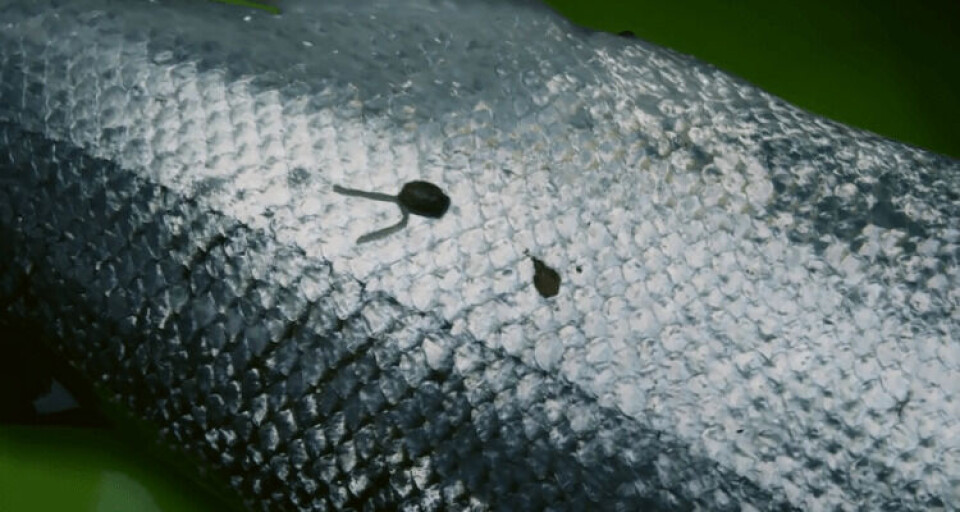
Retailers urged to take action over lice
Two of the UK’s largest food retail chains are under fire for selling salmon sourced from areas which experienced high sea lice levels in Q3 of this year.
As Christmas approaches, Salmon & Trout Conservation Scotland (S&TCS) has challenged Sainsbury’s and the Co-Op “to live up to their claims of ‘environmental responsibility’ and stop putting Scottish farmed salmon on their shelves from regions…where sea lice infestation is still rampant”.
According to S&TCS: “The Co-Op and Sainsbury’s have been selling farmed salmon from fish farms within regions of Scotland where sea lice numbers have been recorded well over both industry criteria and new Government trigger levels – levels which, fisheries scientists agree, threaten huge harm to wild salmon and sea trout survival.”
In a statement released on December 8, Andrew Graham-Stewart, Director of S&TCS, argued: “By purchasing farmed salmon from regions where sea lice parasite numbers on farmed fish are so high, both Sainsbury’s and the Co-Op are failing to live up to their mantras of responsible sourcing. These supermarkets should now use their commercial clout in line with their declared environmental policies and issue ultimatums that they will cease buying any more fish from farms in badly lice-hit regions. Without such commercial pressure the salmon farmers will continue to operate with sea lice levels that will inevitably cause massive damage to wild fish, killing juvenile wild salmon and sea trout as they go to sea for the first time.”
The statement was based on the latest data published by the Scottish Salmon Producers’ Organisation (SSPO), which showed particularly high lice levels in Loch Long, Loch Fyne, western Lewis and Harris – areas where Marine Harvest and The Scottish Salmon Company, who supply Sainsbury’s and the Co-Op respectively, operate.
The organisation is also urging the Scottish government to take action in areas where lice are over the new threshold levels.
According to Graham-Stewart: “Over the year to September 2016, regions representing 66.4% have been over three adult female lice per fish for at least one month, the level at which the Scottish Government now requires individual farms to produce a ‘site specific escalation action plan’.
“Over the year to September 2016, regions representing 18.2% have been over 8 adult female lice per fish for at least one month, the level at which the Scottish Government announced in May 2016 would result in enforcement action, including the potential to require reduction in biomass.”
To date, S&TCS understands that there has been no such enforcement action.






















































